Beans are one of the most underrated food ingredients there is.
Not only are they an excellent source for fiber and B vitamins, but they're also a vegan or vegetarian option for protein replacement. Beans also offer a range of potential health benefits for you. Not to mention, they have one of the highest-fiber content, which is great if you're trying to lose weight. Basically, you really have nothing to lose when it comes to beans.
There are many different types of beans that you can use in various dishes. To make it easier for you, we’ve prepared a list of the healthiest types of beans you can consume, their flavor profile and their health benefits.
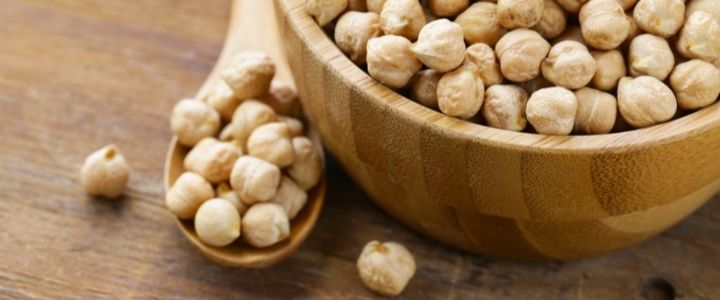
Chickpeas
Chickpeas are a type of legume with a round shape and beige color. Sometimes, they're also called garbanzo beans. Chickpeas have a classic beany flavor, with a touch of earthy tones. You can mash them and make them into fillings for your stuffed vegetables or as a substitute for mashed potatoes. You can also serve it as is and mix it into salads.
This bean is loaded with essential nutrients such as protein, vitamins, minerals, and other micronutrients—the protein aids in bone, muscle and skin health. The minerals help in regulating blood pressure and heart health in general. Furthermore, it's an excellent food for weight management or to lose weight. Because it has high dietary fiber content, this creates a feeling of fullness after eating and lowering your appetite. Fiber can also keep your digestive system regular.
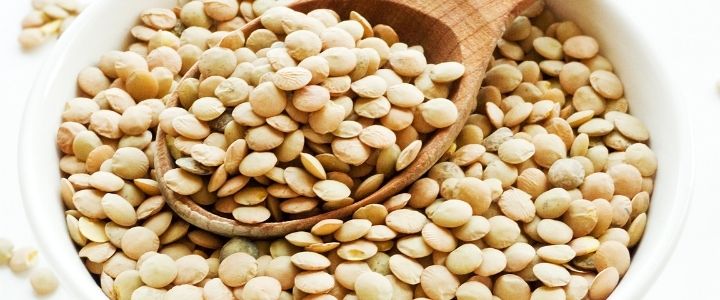
Lentils
Lentils are one of those food ingredients you buy and forget about. But now it's time for you to start using it because this superfood is versatile and very healthy for you. It has many different varieties such as green lentils, red and yellow lentils, black lentils and brown lentils. Each has different uses in cooking and varying flavor profiles, and you can adjust to what kind of recipes you're currently doing or prefer.
Green lentils have more structural integrity and hold up well after cooking; they have a nutty flavor and make a great addition to a salad. Red and yellow lentils have a sweeter flavor and looser, soupy texture; they're commonly used in Indian and Middle Eastern cooking as a side dish. Next up is black lentils, also called beluga lentils; it has an earthy flavor and can substitute carb staples and goes well with mushrooms. Lastly is brown lentils. It has a mild and earthy flavor with a firmer texture, commonly used in veggie burger patty.
There are many benefits to consuming lentils. They're high in fiber, folic acids, and other vitamins and minerals. Fibre, folic acids and potassium are great nutrients that support heart health and lowering cardiovascular diseases. Lentils are also recommended to be consumed by pregnant women due to the high amount of folate that can assist in babies' brain development.
Lentils can also aid in digestion, bowel regularity, and weight management. Thanks to its high fiber content, which is an essential factor in weight loss by keeping you full for longer. Not to mention the iron content in lentils can help you fight fatigue, which in turn lead to less risk of overeating as you don't feel the need to refuel.
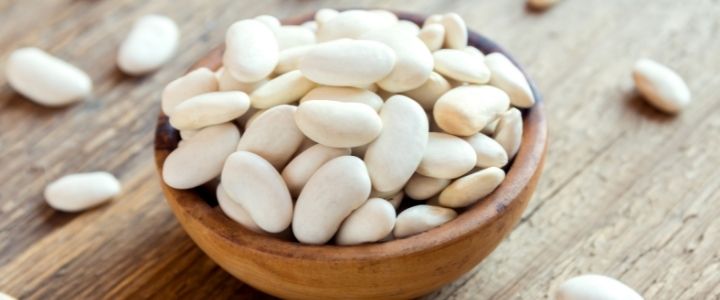
White beans
White beans or cannellini beans are a great addition to the kitchen. To identify it correctly, it's generally larger than the traditional kidney beans but has the same shape, and it has white color. It has a creamy texture and mildly nutty flavor and is perfect as an addition to soups, casseroles, pasta dishes, or even salads.
These beans are rich in B vitamins, fiber, iron, potassium, zinc and other essential minerals. It's said that white beans can help you keep diabetes risks at bay due to the low glycemic index and high fiber content. In addition, the B vitamins help you maintain your general wellbeing, while fiber and iron help you manage your weight.
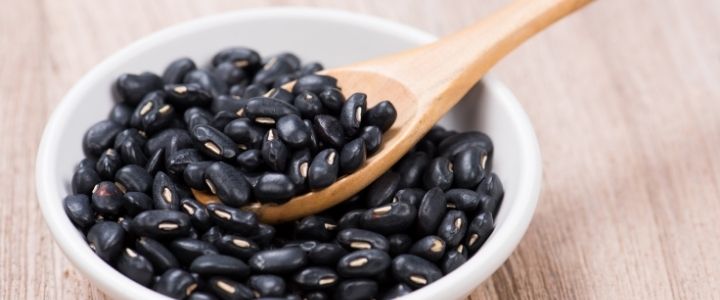
Black beans
Black beans can also be called turtle beans due to their hard shell. It's a versatile ingredient with a soft, creamy and mild texture. They are a great vehicle of flavor as it absorbs anything they're cooked with. It's pretty ubiquitous and can be used in many different dishes such as burritos, salad, tostadas, soups and others.
These mighty beans have many different nutrients and have many beneficial health effects. It helps us maintain bone health with iron, calcium, magnesium and zinc. It also lowers blood pressure, maintains heart health, assists in weight loss and great for managing diabetes thanks to its low sodium level and high fiber content.
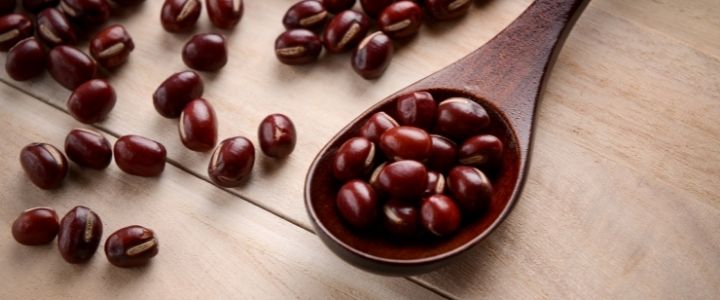
Adzuki beans
This one might not be very familiar to some of you. It's smaller in size and native to East Asia, with a uniformed red color. It has other varieties such as white, black, grey, and mottled, but the red ones are the most commonly found. It's widely used in the culinary world, mainly for desserts. For example, it's often boiled with sugar to make sweet red bean paste before added into buns, mochi or shaved ice.
Adzuki beans are rich in fiber, resistant starch, protein, and micronutrients. One of the benefits of consuming them is improved digestion, thanks to the fiber and resistant starch. They're also rich in antioxidant micronutrients, which help reduce the risks of many degenerative diseases. It also helps manage diabetes risks and weight loss due to its fiber content.
That was our list of healthiest beans you can start including in your diet. Generally, they have similar nutritional benefits, so it all depends on your taste preference and the type of cuisine you're after. But, with numerous varieties to choose from, there's no more excuse for you not to use them in your cooking.
Go grab that can of beans and so you can make your own vegetarian-friendly dishes!

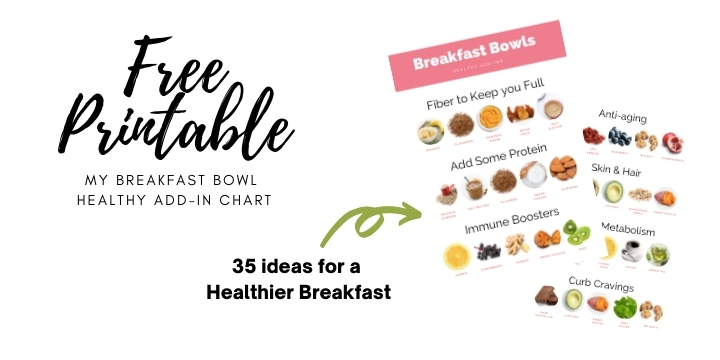
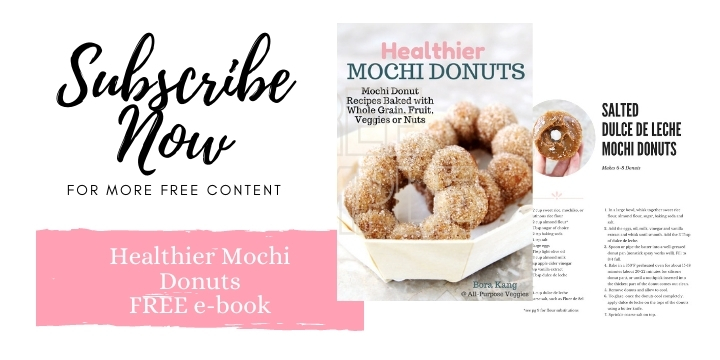
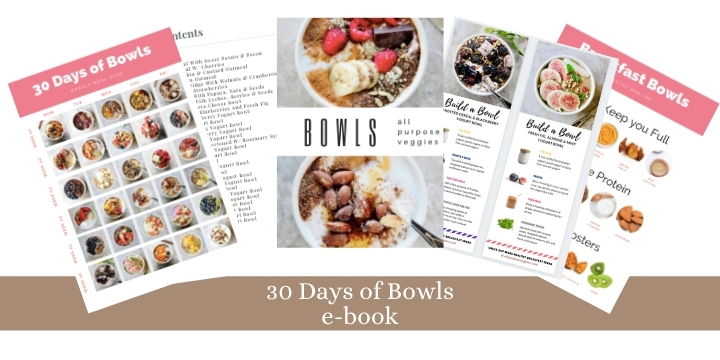
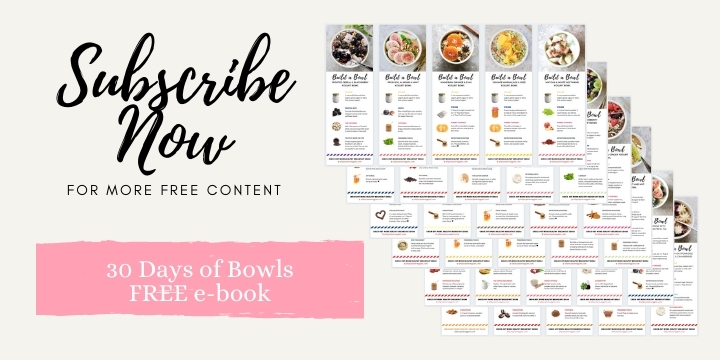

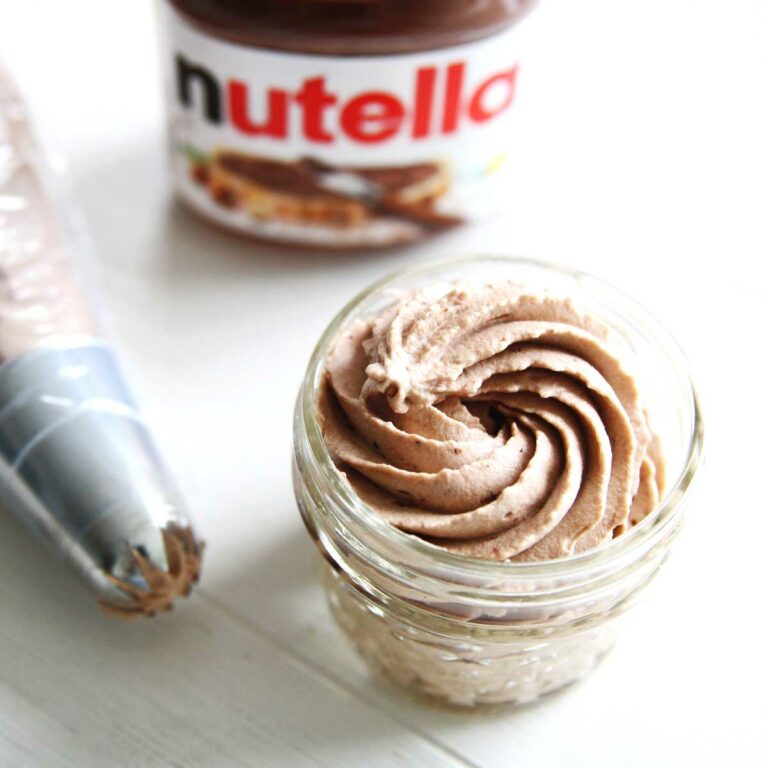


Leave a Reply